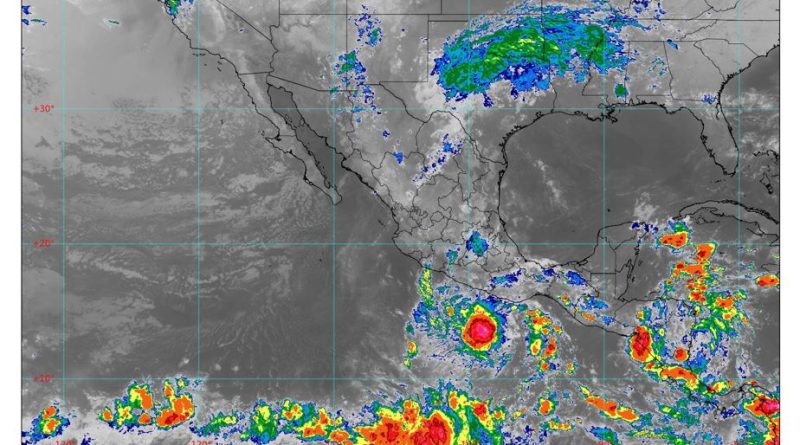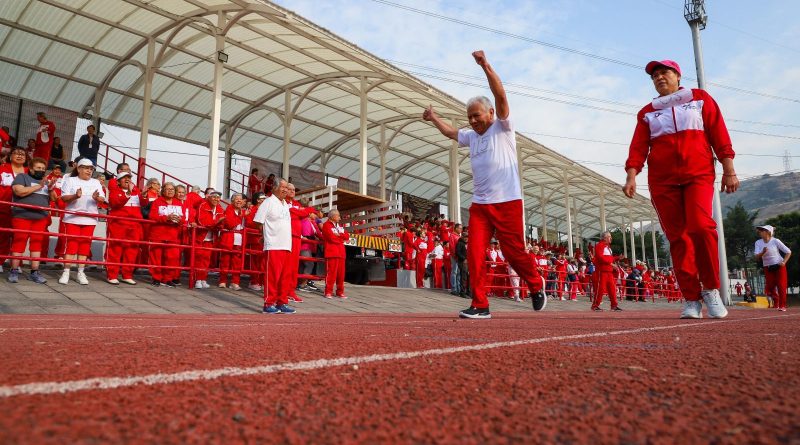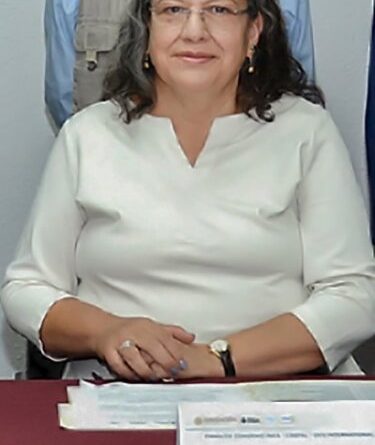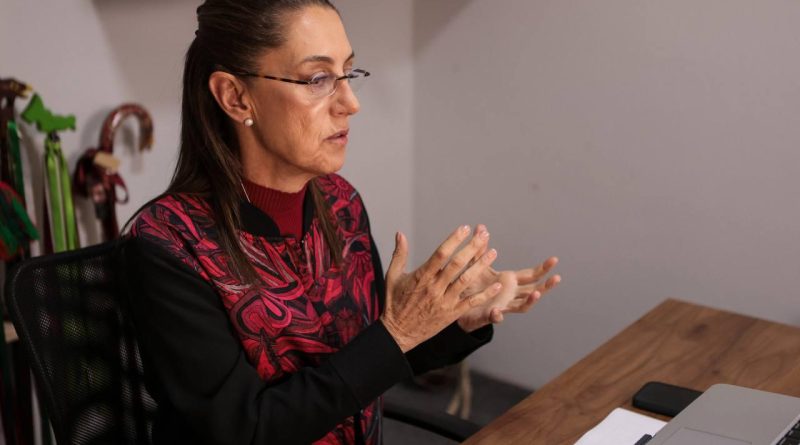Diputados de la Comisión de Presupuesto Analizan el tema “Gobierno” en Mesa de Diálogo Rumbo al PEF 2024
Por José Luna
*Global Press Mx / Con el objetivo de recibir propuestas y opiniones de expertos y funcionarios que ayuden a nutrir el dictamen de Presupuesto de Egresos de la Federación (PEF) para el próximo año, la Comisión de Presupuesto y Cuenta Pública, que preside el diputado Erasmo González Robledo (Morena), llevó a cabo la Mesa de Diálogo bajo el Esquema de Parlamento Abierto rumbo al Presupuesto de Egresos de la Federación 2024 en materia de Gobierno.
González Robledo señaló que las propuestas planteadas en los foros serán tomadas en cuenta para el análisis del Presupuestos de Egresos de la Federación 2024. “Esta mesa de trabajo tiene como tema Gobierno, será en donde las y los integrantes tomaremos nota de las participaciones”.
En la mesa moderada por el coordinador del Grupo de Trabajo de «Gobierno», diputado Reginaldo Sandoval Flores, el diputado Miguel Ángel Torres Rosales (PRD) manifestó su apoyo total al principio de división de poderes y destacó la importancia de conocer, directamente de quienes representan a instituciones, organismos autónomos y sindicales, la problemática “que es muy ajena a la narrativa del debate parlamentario”.
Manifestó su respaldo al Poder Judicial para mantener prestaciones que, aunque no están en la ley, sí se encuentran en las Condiciones Generales de Trabajo, las cuales “no se pueden tocar”. Dijo estar en contra de asignar más presupuesto al Ejército, y menos a las prestaciones laborales.
Roberto Moreno Herrera, secretario técnico de la Secretaría Ejecutiva del Sistema Nacional Anticorrupción (SESNA), refirió que actualmente atienden a más de 7 mil 217 instituciones públicas, entre municipios y otras instancias con rezago social, de las cuales 2 mil 500 no tienen sistemas para hacer declaración patrimonial y 3 mil más no tienen uno de compras públicas. “No podemos tener combate a la corrupción si las instituciones carecen de éstos, con los cuales podríamos provocar ahorros de 7 mil a 10 mil millones de pesos”.
Francisco Alberto Pérez Pacheco, de México Evalúa, afirmó que el aumento de tres por ciento al presupuesto de seguridad es insuficiente para aumentar capacidades de estados y municipios en el combate a la delincuencia y mejorar las condiciones de sus policías.
Pidió aumentar recursos a la Secretaría de Gobernación y a la Fiscalía General de la República (FGR) para programas de prevención e investigación de delitos, y fortalecer el Fondo para el Fortalecimiento de las Instituciones de Seguridad Pública e integrarlo a la Ley de Coordinación Fiscal, así como dotarle de mejores criterios de distribución.
Ángel Ruiz Tovar, de FUNDAR Centro de Análisis e Investigación, planteó ampliar las funciones del Centro Nacional de Identificación Humana y destinarle mayores recursos, pues el aumento presupuestal no es proporcional al incremento de las cifras de personas desparecidas.
Propuso una reasignación interna de recursos en la FGR y que parte del recurso de la Fiscalía Especializada en Delincuencia Organizada pase a la de Desaparición, para darle más capacidad de investigación.
El representante Movimiento por Nuestros Desaparecidos en México, José Ugalde Mejía, indicó que en el país, hasta el 3 de octubre del 2023, había una cifra de 111 mil personas desaparecidas y de este total 52 mil cuerpos están en manos del Estado en las fiscalías y áreas forenses, donde tan sólo hay diez mil peritos que se encargan de identificar a los cuerpos; de ahí la importancia de brindar mayores recursos para que operen los centros de identificación.
Josep Herreros, representante asistente para Protección en la Agencia de la ONU para los Refugiados (Acnur) México, apuntó que cerca de 116 mil personas han solicitado el reconocimiento de la condición como refugiadas.
Recomendó que la Comisión Mexicana de Ayuda a Refugiados (COMAR) reciba mayores recursos para que opere eficazmente, ya que si se toma en cuenta a los extranjeros que han logrado ubicarse en el país y aportan 105 millones de pesos a la hacienda pública se estaría casi cubriendo su necesidad financiera, la cual es de aproximadamente 166 millones de pesos.
Alejandro Martínez Martínez, director del Área de Litigio en materia de Gobernanza, del Consejo Nacional de Litigio Estratégico (CNLE), señaló que está en manos de las y los diputados crear condiciones presupuestales que permitan fortalecer la garantía de los derechos humanos, la división de Poderes y el respeto al principio de autonomía.
Gilberto González Pimentel, secretario general del Comité Ejecutivo Nacional del Sindicato de Trabajadores del Poder Judicial de la Federación, cuestionó sobre qué clase de democracia social reduce derechos y los califica de privilegios, pues la desigualdad social exige instituciones y no sólo efectivo y es lo que se impedirá si se recorta el presupuesto.
“Al no contar con un Poder Judicial bien remunerado y debilitado institucionalmente la impartición de justicia será más lenta, saturada, menos igualitaria y menos profesional”, añadió.
Ricardo Antonio Silva Díaz, profesor de Derecho Constitucional en la Escuela Libre de Derecho, destacó la necesidad de garantizar los recursos suficientes para que el Poder Judicial Federal desempeñe adecuadamente su función.
Expresó que la Cámara de Diputados debe justificar cualquier recorte que pudiera afectar un derecho humano, como el acceso a la justicia, protegido constitucional e internacionalmente. “Existen obligaciones impostergables, cuyo incumplimiento podría generar responsabilidades para México”.
Al concluir, el diputado González Robledo apuntó que las recomendaciones en materia de transparencia y anticorrupción han sido puntuales, así como la defensa de los derechos humanos y el combate a la impunidad.
Resaltó que las y los diputados de esta instancia legislativa están conscientes de la lucha que se hace en la búsqueda de las personas desaparecidas y las que se encuentran sin identificar.
Reiteró que la Comisión a su cargo está convencida de que el diálogo respetuoso entre Poderes dejará una mayor referencia para la toma de decisiones, de ahí que se solicitará la presencia de algunos de los órganos con autonomía constitucional.


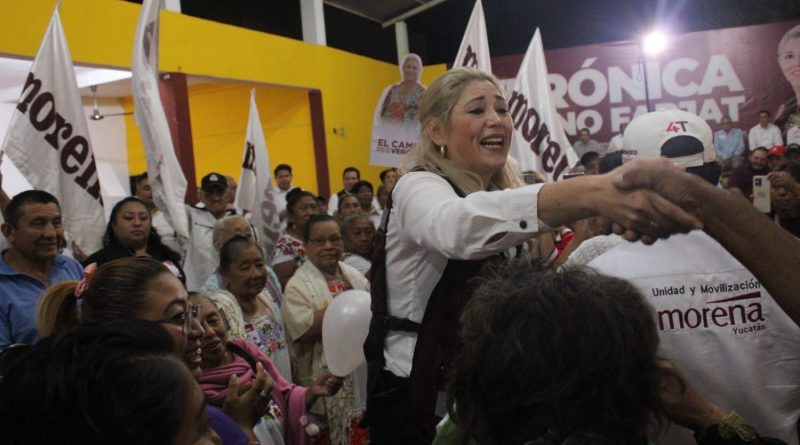


 Jaime Bonilla Valdez.
Jaime Bonilla Valdez.
